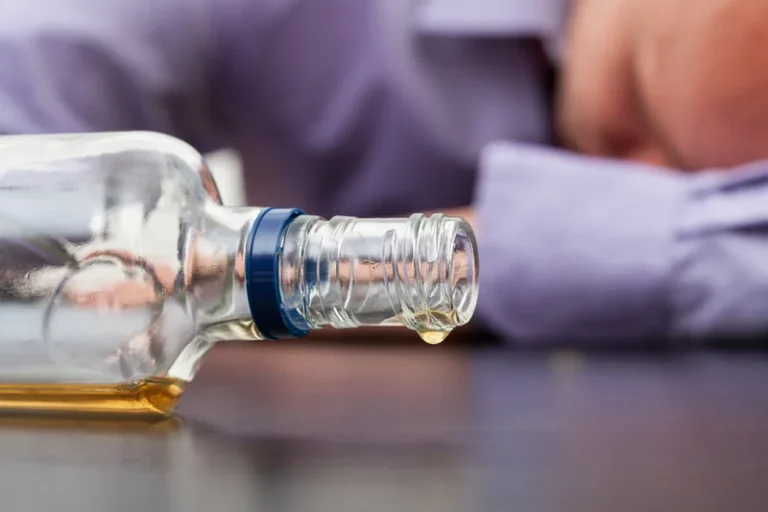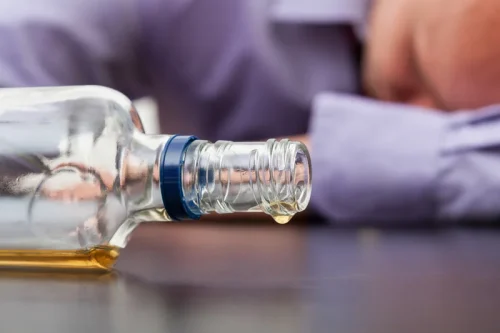
Less than half of people experiencing homelessness regularly used illicit drugs in the prior six months. The most common drugs used by this population aren’t opioids but methamphetamines. And a significant percentage of people who are homeless and use drugs regularly have tried, but have been unable to receive treatment. CDC drives science, public health research, and data innovation in communities across the country by investing in local initiatives to protect everyone’s health.
Family Program
- Drug rehab provides a structured environment where individuals receive medical and psychological support to break free from substance dependence.
- Anintensive outpatient programis a “step-down” treatment program, usually meant for people who have completed an inpatient or partial hospitalization program.
- By providing a safe space to explore emotions and develop coping strategies, counseling and therapy empower individuals to maintain their sobriety long-term.
If you can’t imagine participating in your life without the use of drugs or alcohol, consider rehab as a treatment option to help you live substance-free and reclaim your life. During the process ofdrug detox, people’s minds are muddled and they feel physically and mentally sick. They are not receptive to any kind of counseling or therapy until their minds clear and they are feeling better. Even thoughmedical detoxmakes the process much easier, it is best to first focus on getting through the entire detox process before taking further steps. There are differenttypes of treatment for addiction, based on thelevel of careprovided. When choosing the level of treatment, the choice should be based on what will offer the individual the best chance of success in recovery — not on what the individual wants to do.
- In Stanislaus County, a community of about half a million people in the northern San Joaquin Valley, District Attorney Jeff Laugero wants to funnel people through its drug court.
- Alum programs are beneficial for all individuals in recovery, especially those overcoming alcohol, opioid, or stimulant addiction, as ongoing support increases the chances of maintaining sobriety.
- Part of the recovery process is for people with addictions, and their families, to learn that addiction is a matter of biology and not morality.
Treatment Modalities We Offer
As the name suggests, the idea of a halfway house is to help you transition back to living independently while still having some of the structure of prison or rehab. Under these rights, a patient is also protected from cruel treatment such as unnecessary restraint or seclusion. Hosted by therapist Amy Morin, LCSW, this episode of The Verywell Mind Podcast, featuring addiction specialist Erica Spiegelman, shares the skills that help in recovery.

What to Expect in a Drug Rehab Program
” shows that therapy-based treatment significantly improves recovery outcomes, with behavioral therapies like Cognitive Behavioral Therapy (CBT) increasing long-term sobriety rates by up to 60%. A specialty rehab center is a treatment facility designed to cater to the unique needs of specific groups, such as veterans, teens, LGBTQ+ individuals, professionals, and faith-based communities. These centers provide customized programs that address each group’s social, psychological, and medical challenges, improving recovery outcomes.

Sober Living Home
- Long-term residential treatment programs often use a therapeutic approach known as thetherapeutic community(TC).
- Engaging in activities that promote relaxation and self-care can help individuals cope with triggers and cravings effectively.
- These programs typically involve an extended stay of several weeks or months in a supportive, structured environment that provides round-the-clock care and access to therapeutic services.
- A key part of California’s Proposition 36 promised to direct people convicted of certain drug crimes to treatment.
- While live-in rehab programs exist, several other less-intense types of treatment facilities can provide effective treatment based on your unique situation.
- The common length of stay in drug and alcohol rehab is 28 to 30 days, 60 days, or 90 days.
This confidentiality encourages individuals to seek help without fear of stigma or legal consequences. While this national decline is encouraging news, overdose remains the leading cause of death for Americans aged 18-44, highlighting the importance of sustained efforts Twelve-step program to ensure this progress continues. Under a treatment-mandated felony, someone who expresses interest in treatment will be assigned a “drug addiction expert” who will assess them and decide what kind of treatment they need. That treatment can involve mental health treatment, job training, and “any other conditions related to treatment or a successful outcome for the defendant that the court finds appropriate,” the measure said.

Addiction Treatment
When combined with therapy, medication-assisted treatment (MAT) significantly improves sobriety rates and reduces the risk of relapse. Family involvement works in drug rehab by integrating loved ones into the recovery process through therapy, education, and structured support networks. Since addiction affects family dynamics, rehab programs include family therapy sessions, visiting policies, and external support systems to help rebuild trust and create a healthier home environment. Engaging family members how long is drug rehab in recovery increases the likelihood of long-term sobriety by strengthening emotional connections and accountability.



